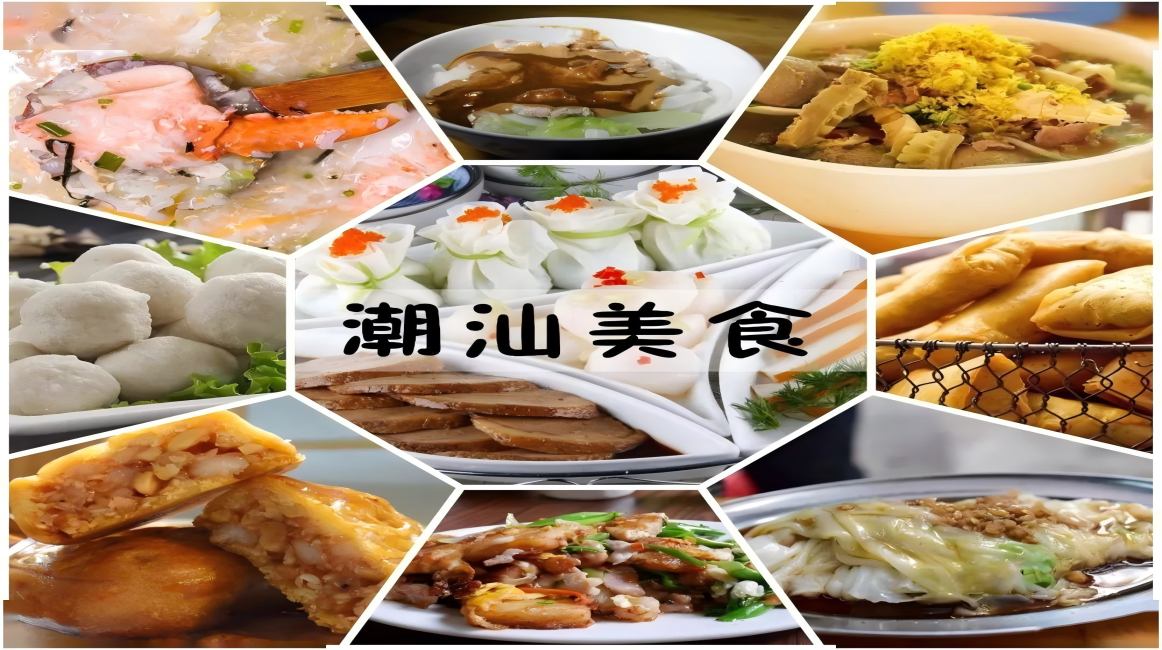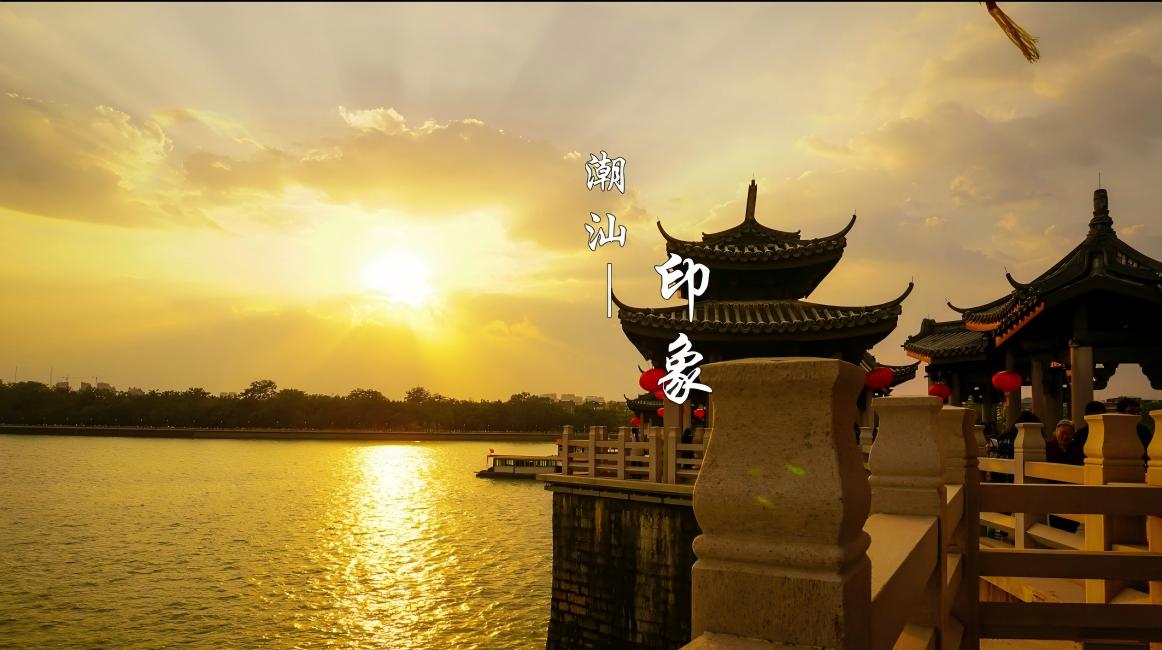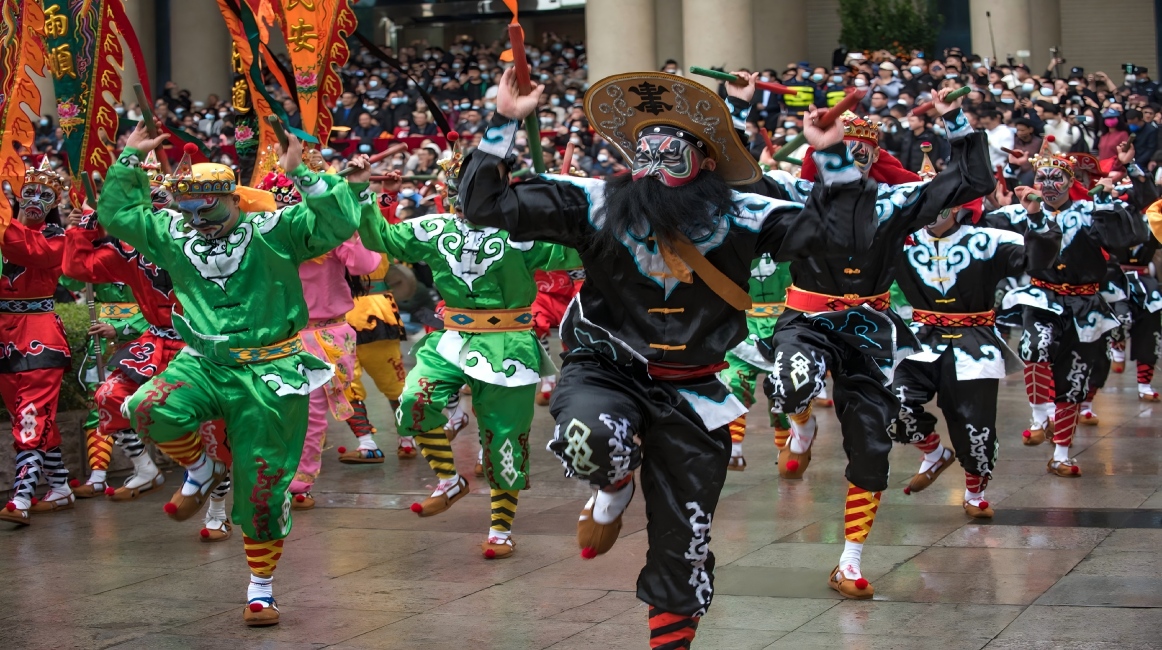Chaoshan, located in the southeastern part of Guangdong Province, covers three cities: Chaozhou, Shantou and Jieyang. It is one of the most distinctive cultural treasures in China. This coastal area is often overshadowed by the glory of bustling cities such as Guangzhou and Shenzhen, but it has nurtured a unique regional characteristic with centuries of maritime trade, ancestral traditions and the pursuit of elegance in life. For travelers eager to experience authentic southern Chinese culture, Chaoshan is an unmissable destination.

When it comes to Chaoshan, its food culture is an unavoidable core. As one of the most renowned cuisines in China, Chaoshan cuisine has a distinct style, on a par with Cantonese cuisine and Sichuan cuisine. "Respecting ingredients" is the core of its dietary philosophy, and local people firmly believe that fresh ingredients need no excessive modification. Beef hot pot, for example, is a model of simple cooking: slice grass-fed beef into thin pieces, blanch them in clear bone soup for a few seconds, take them out and dip them in savory satay sauce (made from shrimp, garlic, peanuts, etc.), which is full of flavor. Street snacks show another style: rice rolls stuffed with shrimp and pork, drizzled with soy sauce, are a breakfast staple; while oyster omelette made from oysters and sweet potato starch is crispy on the outside and tender on the inside, with every bite full of freshness. In addition, the Chaoshan people's dining table must end with "Gongfu tea" — this ritualistic brewing method can turn ordinary oolong tea into fragrant amber tea soup, served to guests in small teacups, which is a symbol of local hospitality.

In addition to food, Chaoshan's scenery combines natural beauty with historical heritage. Nan'ao Island is like a pearl in the South China Sea, where blue waves gently lap against the golden sand on the crescent-shaped beach. Hiking along the island, you can see hidden bays and ancient lighthouses, which quietly tell the maritime past of Chaoshan. In Chaozhou, the ancient city wall built in the Ming Dynasty has witnessed the strategic position of this land, and the well-preserved city gates and watchtowers offer a panoramic view of rows of qilou buildings — this kind of arcade architecture integrating Chinese and Western styles was once a prosperous place for merchants from all countries. Kaiyuan Temple, founded in 738 AD, is even more a treasure. Its exquisite wood carvings, stone pagodas and quiet courtyards carry local Buddhist culture; the nearby Guangji Bridge (hailed as "the earliest opening and closing bridge in the world") combines stone piers with movable wooden beams, which can be called a miracle of ancient engineering.

The charm of Chaoshan lies not only in its scenery and food, but also in its profound historical accumulation. As an important port on the Maritime Silk Road, it has been a place of cultural integration since the Han Dynasty (206 BC — 220 AD). By the Tang Dynasty (618 — 907 AD), Chaoshan merchants had sold tea, porcelain and silk to Southeast Asia, India and other places. The maritime gene has shaped the characteristics of Chaoshan people — they have both an entrepreneurial spirit and a strong sense of clan. Many ancestral halls of Chaoshan families have been passed down for hundreds of years. During important ceremonies, clan members worship their ancestors and inherit family mottos here. During traditional festivals such as Mid-Autumn Festival, the ancestral halls are bustling with activity, with lion dances, drum music and Chaoshan opera staged in turn. This dynamic local opera depicts heroic stories and love legends with gorgeous costumes, falsetto singing and acrobatic movements, which is highly infectious.

Cultural heritage in Chaoshan is not displayed in museums, but integrated into daily life. Enter any village, and you can hear the rhythmic tapping of Chaoshan wood carvers, who carve hard wood into exquisite screens and furniture; visit local workshops, and you may see craftsmen making Chaoshan paper-cutting — this folk art cuts complex patterns from red paper for weddings and festivals. Even the local Chaoshan dialect is a living cultural heritage — it has a profound origin with ancient Chinese, carries the marks of thousands of years of history, and is used warmly and powerfully in markets, families and teahouses.
In Chaoshan, every bowl of soup, every ancient bridge and every folk song tells a story — a story of Chaoshan people embracing the ocean, adhering to their roots, and forging ordinary life into art. For those who are willing to slow down, taste a cup of Gongfu tea and savor a bite of the sea's freshness, this place is not only an exploration journey, but also an in-depth dialogue with the soul of southern China.



